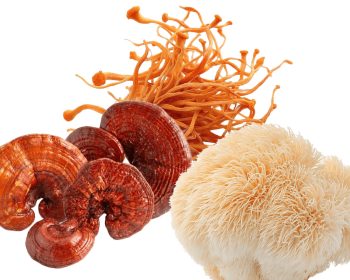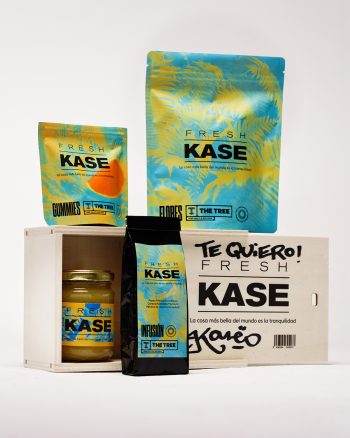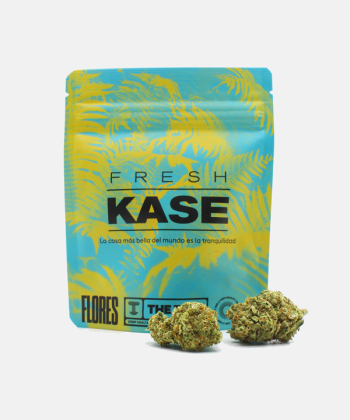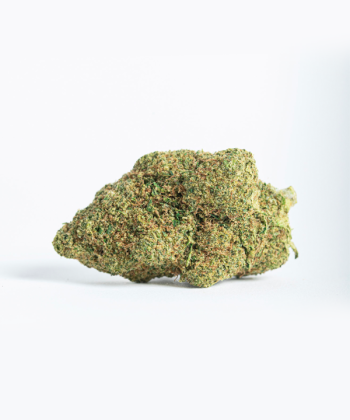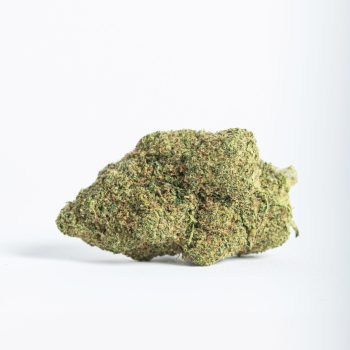Cannabinol (CBN), like CBD (cannabidiol), is one of more than 100 cannabinoids derived from the cannabis plant. Although it’s not as popular as CBD, it also has very intriguing properties.
It’s a compound that, like CBD, has no psychotropic effects. In other words, it doesn’t alter your perception nor is it intoxicating like marijuana. Unlike THC, however, it isn’t generated directly by the cannabis plant, but is produced passively when THC is degraded by light or heat.
This means that in nature, this cannabinoid is generated when THC ages, or is oxidised by the effect of heat and light. This makes obtaining and isolating it a challenge, as hemp (the type of cannabis plant from which CBD is obtained) can never contain more than 0.2% THC.
It’s worth remembering that THC is responsible for the euphoric effects of marijuana, which is why this legal limitation is in place.
Effects of CBN
As CBN is a compound derived from THC, many people wonder whether this cannabinoid can have psychotropic effects, as THC does. However, this cannabinoid is completely free of them and has very intriguing properties.
Like most cannabinoids, CBN works by binding to cannabinoid receptors in the mammalian body. These receptors make up the endocannabinoid system or ECS¹.
The ECS acts on multiple physiological processes, regulating many metabolic functions. It influences appetite, sleep, mood, and the immune system, among other things².
Like the substance it is derived from, THC, CBN is a cannabinoid that shows a higher binding affinity for the CB1 receptor. It also has less binding to the CB2 receptor than THC. Lastly, it’s also worth mentioning that CBN also affects the TRPV2 receptor³.
Preliminary studies show that CBN may help regulate important physiological processes such as sleep and appetite.
Potential benefits of CBN

As explained above, the ECS influences the appetite regulation process, and it has been found that certain cannabinoids can stimulate appetite. CBN could be one of them, because, according to a study conducted on laboratory rats in 2012, this cannabinoid increased the appetite of mice and the amount of food they ate in mice that were given it⁴.
Another study published in 2006 suggests that CBN and other cannabinoids may contribute positively to the treatment of psoriasis in humans⁵. Therefore, this compound also has cosmetic properties that could help regulate certain skin processes.
It also has antibacterial properties, according to research carried out in 2008⁶.
Lastly, its potential for neuroprotection is worth noting, as a study published in 2005 showed that this cannabinoid slowed the progression of amyotrophic lateral sclerosis in an experiment with laboratory mice⁷.
Potential uses of CBN
On this basis, CBN could be useful in both cosmetics and medicine, but more studies are needed to confirm this.
CBN can be used in a number of ways, including:
- CBN Oil: CBN oil can be taken orally, sublingually, in capsules (uses not permitted in Europe), or applied topically.
- CBN flowers and CBN resin: some users smoke or vape them (this is also not allowed in Europe).
- Vaping using vape devices or e-liquids; CBN can also be vaped using specific devices and liquids containing CBN.
However, if you would like to try it, there are two things to bear in mind. Not all forms of consumption are legal in all countries, and CBN is still in the research phase. Further studies are needed to determine how safe and effective it is.
As a final note, it’s worth remembering that in Europe, the consumption of cannabinoids by means other than topical application or inhalation using vape devices and e-liquids is not permitted. Consequently, users who consume this cannabinoid by various administration methods would be misusing it.
We also remind you that CBN products aren’t intended for the diagnosis, treatment, or curing of any disease. We recommend that you consult a doctor on a case-by-case basis, and follow the recommendations given to you by your medical specialist.
References on “What is CBN or Cannabinol? Effects, uses, and benefits”
- Grotenhermen, F. (2006). Los cannabinoides y el sistema endocannabinoide. Cannabinoids, 1(1), 10-14.
- Kim, H. Y., Ahn, S. H., Yang, I. J., Park, S. Y., & Kim, K. (2020). Effect of Hataedock treatment on epidermal structure maintenance through intervention in the endocannabinoid system. Evidence-Based Complementary and Alternative Medicine, 2020.
- Mahadevan, A., Siegel, C., Martin, B. R., Abood, M. E., Beletskaya, I., & Razdan, R. K. (2000). Novel cannabinol probes for CB1 and CB2 cannabinoid receptors. Journal of medicinal chemistry, 43(20), 3778-3785.
- Farrimond, J. A., Whalley, B. J., & Williams, C. M. (2012). Cannabinol and cannabidiol exert opposing effects on rat feeding patterns. Psychopharmacology, 223, 117-129.
- Wilkinson, J. D., & Williamson, E. M. (2007). Cannabinoids inhibit human keratinocyte proliferation through a non-CB1/CB2 mechanism and have a potential therapeutic value in the treatment of psoriasis. Journal of dermatological science, 45(2), 87-92.
- Appendino, G., Gibbons, S., Giana, A., Pagani, A., Grassi, G., Stavri, M., … & Rahman, M. M. (2008). Antibacterial cannabinoids from Cannabis sativa: a structure− activity study. Journal of natural products, 71(8), 1427-1430.
- Weydt, P., Hong, S., Witting, A., Möller, T., Stella, N., & Kliot, M. (2005). Cannabinol delays symptom onset in SOD1 (G93A) transgenic mice without affecting survival. Amyotrophic Lateral Sclerosis, 6(3), 182-184.

